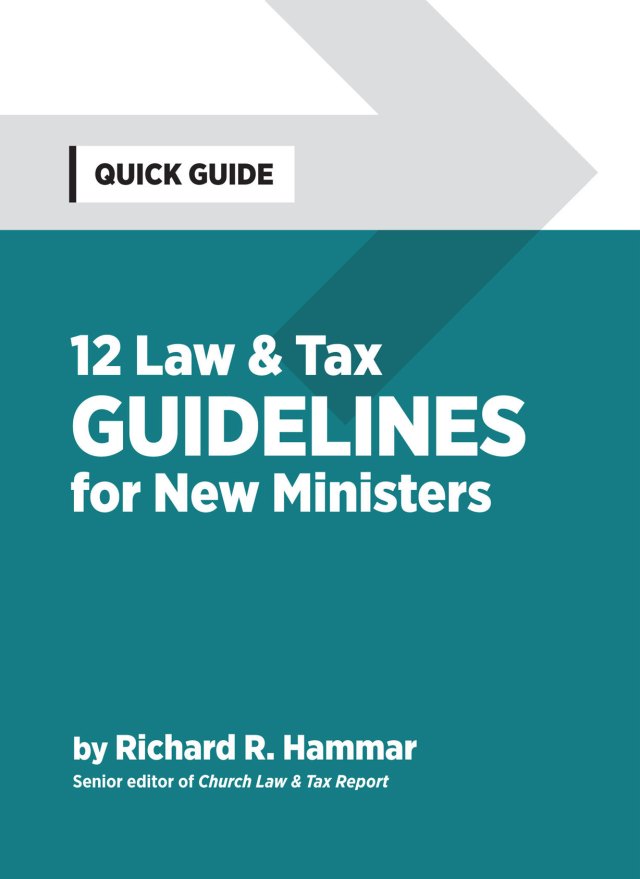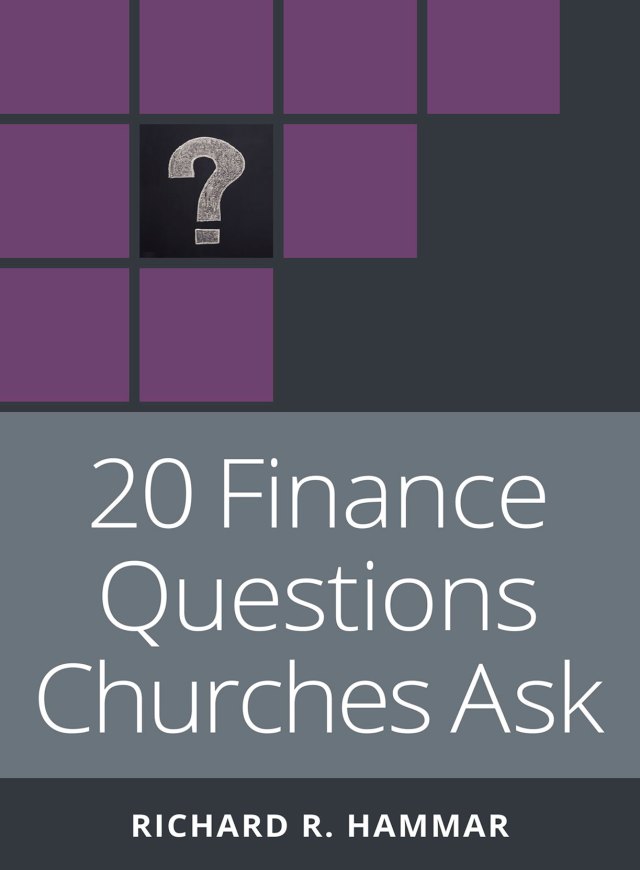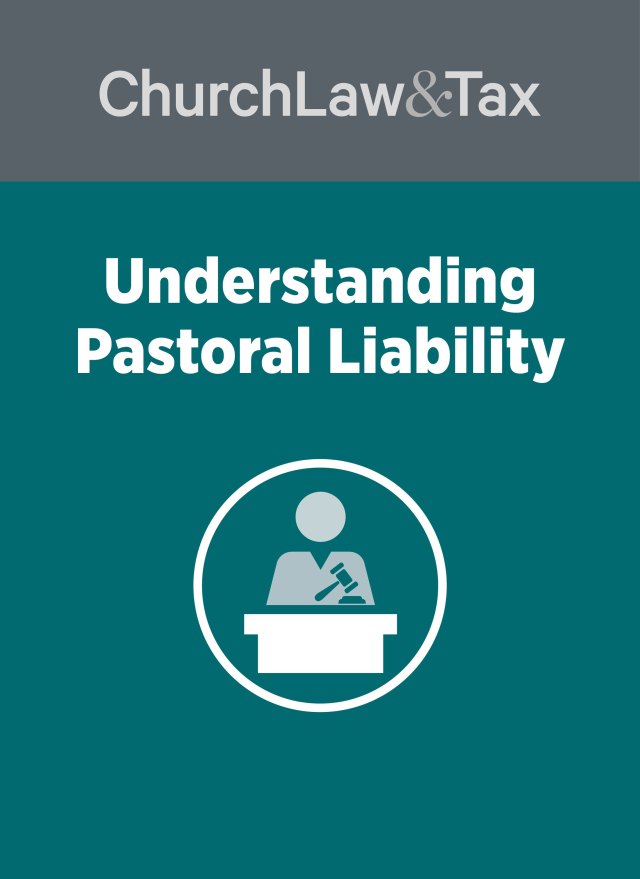• Many churches and denominations use “403(b)” tax-sheltered annuities as their retirement plan for clergy and church employees. Unfortunately, the language of Code section 403(b) seems to limit such plans to employees. Several years ago, a federal appeals court ruled that tax-sheltered annuities may be purchased only for common law employees subject to the will and control of their employer regarding both the work to be done and the manner in which it is to be performed. Azad v. Commissioner, 388 F.2d 74 (8th Cir. 1968). See also Rev. Rul. 66-274. This is a significant limitation, for several thousands of ministers who report their income taxes as self-employed are currently participating in such plans. Obviously, any insistence by the IRS that 403(b) plans are restricted to clergy and church workers who are common law employees would have a disastrous tax impact upon those self-employed persons who have been participating in such plans for many years. The good news is that the IRS recently issued a private letter ruling announcing that both “employee” and self-employed clergy could participate in a 403(b) retirement program established by the Assemblies of God. While the IRS did not explain its reasoning, a couple of considerations should be noted. Code section 414(e)(3)(B) (quoted by the IRS) defines the term “employee” to include “a duly ordained, commissioned, or licensed minister of a church in the exercise of his ministry, regardless of the source of his compensation.” While section 414(e) does not pertain directly to tax-sheltered annuities (it contains a definition of a “church plan”) it could be argued, on the basis of consistency, that the same definition applies to section 403(b). Such a conclusion is strengthened by the fact that section 403(b) refers to section 414(e) on three occasions, and section 403(a)(3) specifically adopts section 401(c)(1) which includes self-employed persons within the definition of employees. Section 414(e) is the precursor of section 403(b)—it represented the first part of a two-part effort by Congress, in 1980 and 1982, to adapt the Code to the actual circumstances surrounding plans maintained by churches and church-related organizations. In 1980, section 414(e) was amended to cover those church plans that were intended to be “qualified” under section 401(a) yet exempted from post-1974 qualification requirements. In 1982, section 403(b)(9) was added to provide a place in the Code for annuity-type church plans that were not intended to be qualified plans under section 401(a). Given this background, it is logical to conclude that if section 414(e) explicitly recognizes self-employed clergy to be “employees,” then the same result should apply under section 403(b). One final point—federal law prohibits private letter rulings from being used as precedent in other cases. Accordingly, other churches and denominations cannot “rely” upon the recent Assemblies of God ruling to justify participation by self-employed clergy or church workers in their own 403(b) plans. However, the ruling is the first indication that the IRS may be willing to treat self-employed clergy and church workers as “employees” for purposes of 403(b) tax-sheltered annuities. Churches and denominations that utilize 403(b) retirement plans should consider seeking their own private letter ruling on the question of eligibility of self-employed clergy (and other church workers) to participate.
© Copyright 1989, 1998 by Church Law & Tax Report. All rights reserved. This publication is designed to provide accurate and authoritative information in regard to the subject matter covered. It is provided with the understanding that the publisher is not engaged in rendering legal, accounting, or other professional service. If legal advice or other expert assistance is required, the services of a competent professional person should be sought. Church Law & Tax Report, PO Box 1098, Matthews, NC 28106. Reference Code: m27 m63 c0689




